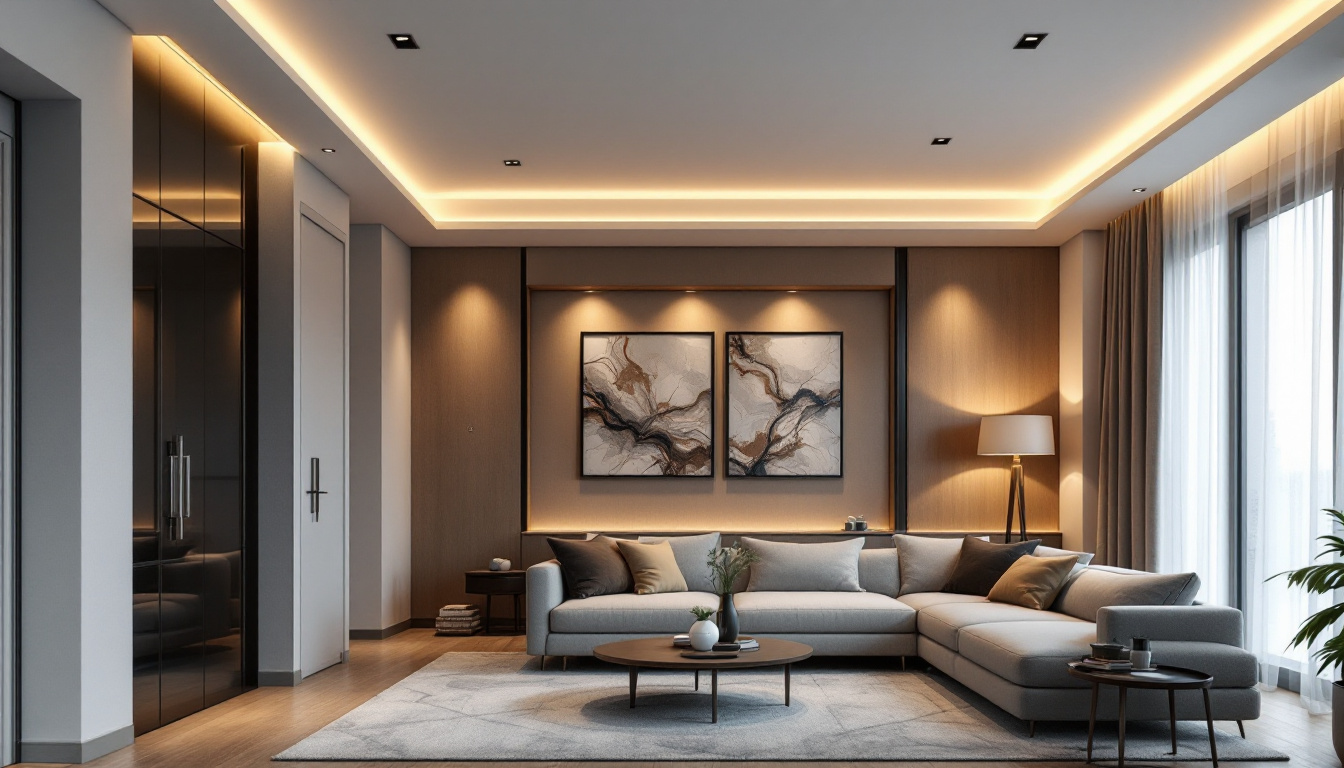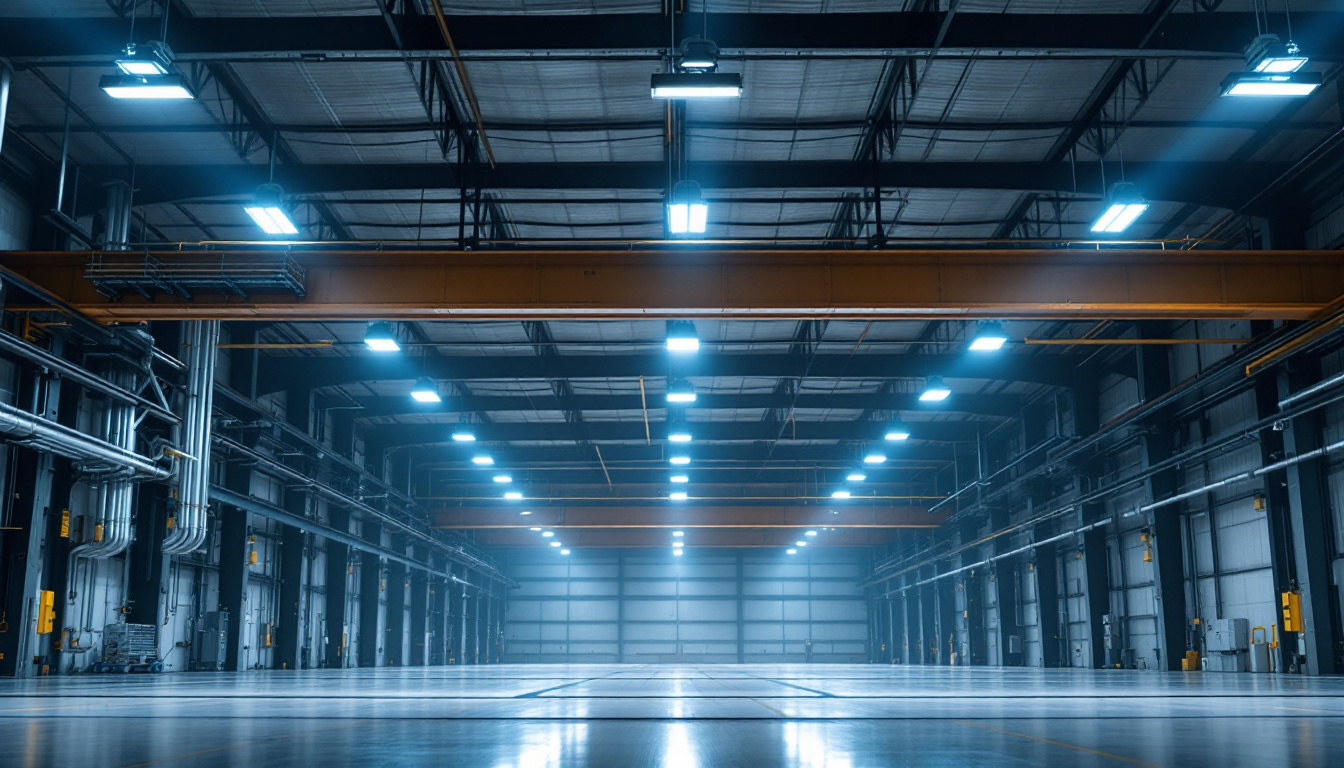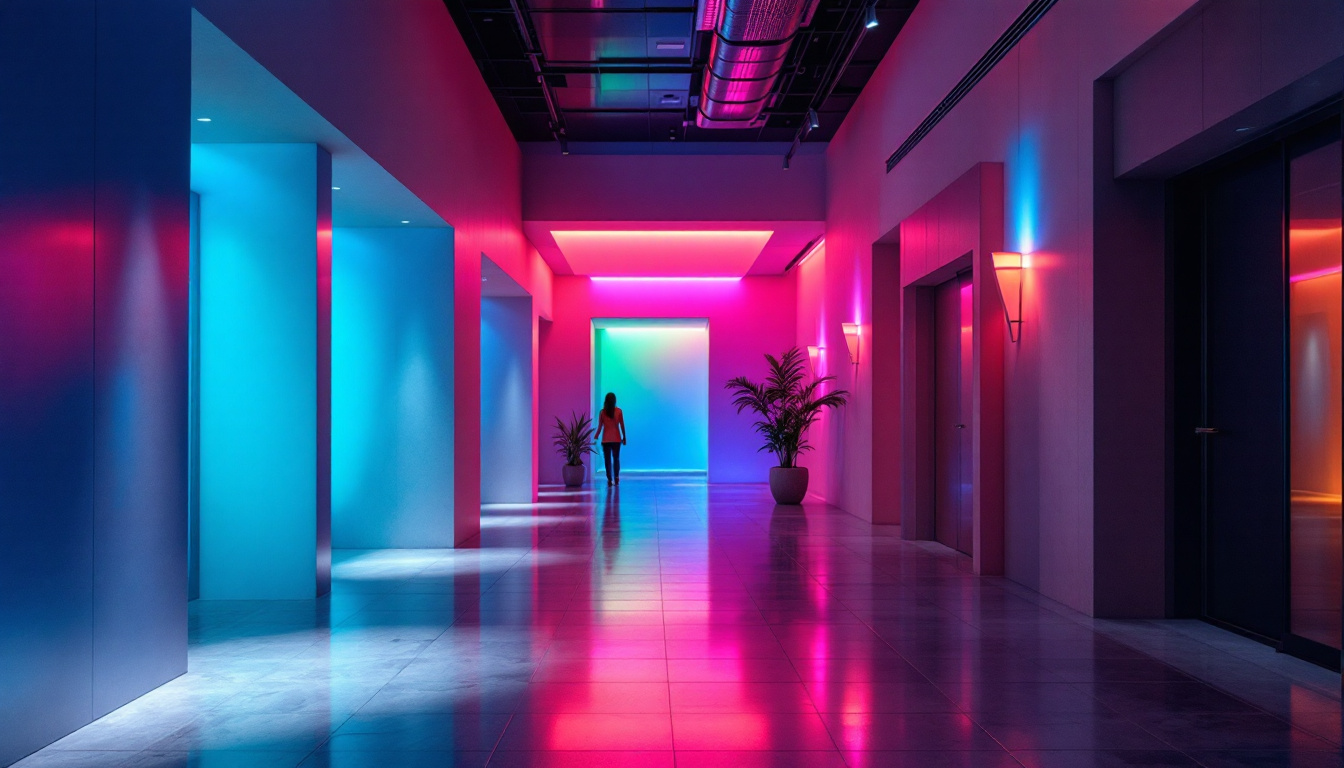

In the world of interior design and architecture, lighting plays a pivotal role in creating ambiance and functionality. Among the various lighting solutions available, track lighting has emerged as a favorite for both residential and commercial spaces. For lighting contractors, mastering the art of track lighting installation and design can significantly enhance their service offerings and client satisfaction. This article delves into the essentials of track lighting kits and provides valuable insights for lighting contractors looking to excel in this area.
Track lighting is a versatile lighting solution that consists of a track mounted to the ceiling, with adjustable light fixtures that can be positioned anywhere along the track. This flexibility allows for targeted illumination, making it ideal for highlighting artwork, accentuating architectural features, or providing general lighting in various settings. Whether in a cozy living room, a bustling retail space, or an art gallery, track lighting can adapt to the unique requirements of each environment, enhancing both functionality and aesthetic appeal.
In addition to its adaptability, track lighting can also contribute to the overall ambiance of a space. By using different types of bulbs, such as LED, halogen, or incandescent, homeowners and designers can create warm, inviting atmospheres or bright, energizing environments. The ability to adjust the direction and intensity of the light means that track lighting can be tailored to suit various activities, from reading and cooking to entertaining guests or showcasing a collection of art pieces.
To effectively work with track lighting, it’s essential to understand its components. A typical track lighting kit includes:
Each component plays a crucial role in the overall functionality and aesthetic appeal of the track lighting system. Understanding these elements allows contractors to make informed choices when selecting and installing track lighting kits. For instance, the choice of track material—whether aluminum or steel—can influence both the durability and visual style of the installation. Additionally, the design of the fixtures can range from sleek and modern to more traditional styles, allowing for seamless integration into any décor.
There are several types of track lighting systems available, each with unique characteristics. The most common types include:
Choosing the right type of track lighting is essential for meeting the specific needs of a project. Each type offers different advantages, and understanding these can help contractors provide tailored solutions for their clients. For example, H-Type tracks are particularly popular for their versatility, allowing users to mix and match fixtures to create custom lighting arrangements. On the other hand, J-Type tracks are favored for their energy efficiency and are often paired with LED fixtures, making them an excellent choice for environmentally conscious projects. Furthermore, L-Type tracks can be utilized in creative ways to achieve dramatic lighting effects, such as creating a spotlight effect in a gallery or a cozy nook in a home, showcasing the potential of track lighting to transform any space into a well-lit masterpiece.
Track lighting offers numerous advantages that make it a popular choice among homeowners and businesses alike. For lighting contractors, emphasizing these benefits can help in selling track lighting solutions to clients.
One of the standout features of track lighting is its versatility. The ability to reposition fixtures along the track allows for dynamic lighting arrangements that can adapt to various activities and moods. Whether it’s illuminating a workspace, creating a cozy atmosphere in a living room, or highlighting artwork in a gallery, track lighting can be tailored to fit any setting.
Track lighting systems are generally straightforward to install, making them an appealing option for contractors. With the right tools and knowledge, installation can often be completed in a fraction of the time compared to traditional lighting solutions. Furthermore, maintenance is simplified since individual fixtures can be replaced or adjusted without needing to dismantle the entire system.
Modern track lighting systems often utilize LED technology, which significantly reduces energy consumption compared to traditional incandescent bulbs. This not only lowers electricity bills for clients but also aligns with growing sustainability trends. As energy efficiency becomes increasingly important, promoting track lighting as an eco-friendly option can enhance a contractor’s appeal.
When working with track lighting, design considerations are paramount. The right design can elevate a space, while poor execution can detract from its overall appeal. Here are some key factors to keep in mind.
The intended use of a space should guide the design of the track lighting system. For example, a kitchen may require bright, focused lighting for cooking, while a living room might benefit from softer, ambient lighting. Understanding the functionality of each room allows contractors to create customized lighting solutions that enhance usability.
Track lighting should complement the overall aesthetic of the space. This includes considering the color scheme, architectural style, and existing decor. Contractors should offer clients a variety of fixture designs, finishes, and colors to ensure the track lighting integrates seamlessly with the interior design.
Strategic placement of track lighting is essential for achieving the desired effect. Fixtures should be positioned to minimize shadows and maximize light coverage. Additionally, the height of the track and the angle of the fixtures can greatly influence the quality of light. Contractors should consider these factors during the installation process to enhance the effectiveness of the lighting.
Successful installation of track lighting requires attention to detail and adherence to best practices. Here are some tips to help lighting contractors master the installation process.
Before beginning installation, it’s crucial to plan the layout carefully. This involves measuring the space, determining the optimal track length, and deciding on the placement of fixtures. Creating a detailed plan can help avoid mistakes and ensure that the final result meets client expectations.
Safety is paramount when working with electrical systems. Contractors should ensure that the power supply is adequate for the track lighting system being installed. This includes checking circuit capacity and ensuring proper grounding. Following local electrical codes and regulations is essential to prevent hazards and ensure compliance.
Once installation is complete, testing the system is a critical step. This involves checking each fixture to ensure it operates correctly and that the light distribution is as intended. Any issues should be addressed before finalizing the project, ensuring that clients are satisfied with the results.
Even experienced contractors can make mistakes during track lighting installation. Being aware of common pitfalls can help avoid costly errors and ensure a successful project.
One common mistake is underestimating the amount of light needed for a space. Contractors should assess the specific lighting requirements based on the room’s function and size. Using insufficient fixtures can lead to inadequate illumination, resulting in client dissatisfaction.
Not all fixtures are compatible with every track system. Contractors must ensure that the fixtures chosen are designed for the specific type of track being installed. This compatibility is crucial for the proper functioning of the lighting system and can prevent future issues.
While functionality is important, aesthetics should not be overlooked. Contractors should strive to create a cohesive look that enhances the overall design of the space. Failing to consider how track lighting fits into the broader design can result in a disjointed appearance.
For lighting contractors, building strong relationships with clients is essential for long-term success. Providing exceptional service and expertise in track lighting can help foster trust and encourage repeat business.
One way to enhance client relationships is by educating them about track lighting options. Providing information on the benefits, design considerations, and installation process can empower clients to make informed decisions. This not only builds trust but also positions the contractor as a knowledgeable resource.
Every client has unique needs and preferences. By offering customized track lighting solutions, contractors can demonstrate their commitment to client satisfaction. Taking the time to understand individual requirements and preferences can lead to more successful projects and positive referrals.
After completing a project, following up with clients can enhance relationships and encourage future business. Offering support for any post-installation questions or concerns shows that the contractor values their clients and is dedicated to providing ongoing service.
Mastering track lighting kits is a valuable skill for lighting contractors. By understanding the components, benefits, and design considerations of track lighting, contractors can offer tailored solutions that meet the diverse needs of their clients. Through careful installation, attention to detail, and a commitment to client education and support, contractors can elevate their services and build lasting relationships in the industry.
As the demand for innovative lighting solutions continues to grow, staying informed about the latest trends and technologies in track lighting will be essential for contractors looking to thrive in this competitive market. Embracing the versatility and efficiency of track lighting can lead to enhanced project outcomes and increased client satisfaction.
Ready to take your lighting projects to the next level? LumenWholesale is here to support your mastery of track lighting with our extensive selection of high-quality, spec-grade lighting products. Enjoy unbeatable wholesale prices and the convenience of cutting out the middleman, ensuring you get the best value for your investment. Our commitment to quality and affordability, paired with free shipping on bulk orders, makes us the go-to source for contractors seeking reliability and performance without the inflated markups. Elevate your lighting solutions today by visiting Wholesale Lighting at the Best Value and discover the LumenWholesale difference.

Discover the top benefits of using lamps with LED side lights for lighting contractors.

Discover the essential insights every lighting contractor needs to master recessed lighting installations.

Discover the key differences between high bay and low bay lighting with expert tips from seasoned contractors.

Discover the transformative power of architectural RGB lighting fixtures in modern design.
Get notified when NEW deals are released.
Optimize your budget with wholesale discounts.
Only top-quality, specification-grade lighting products.
No additional costs at checkout - what you see is what you pay.
We understand the unique needs of contractors.